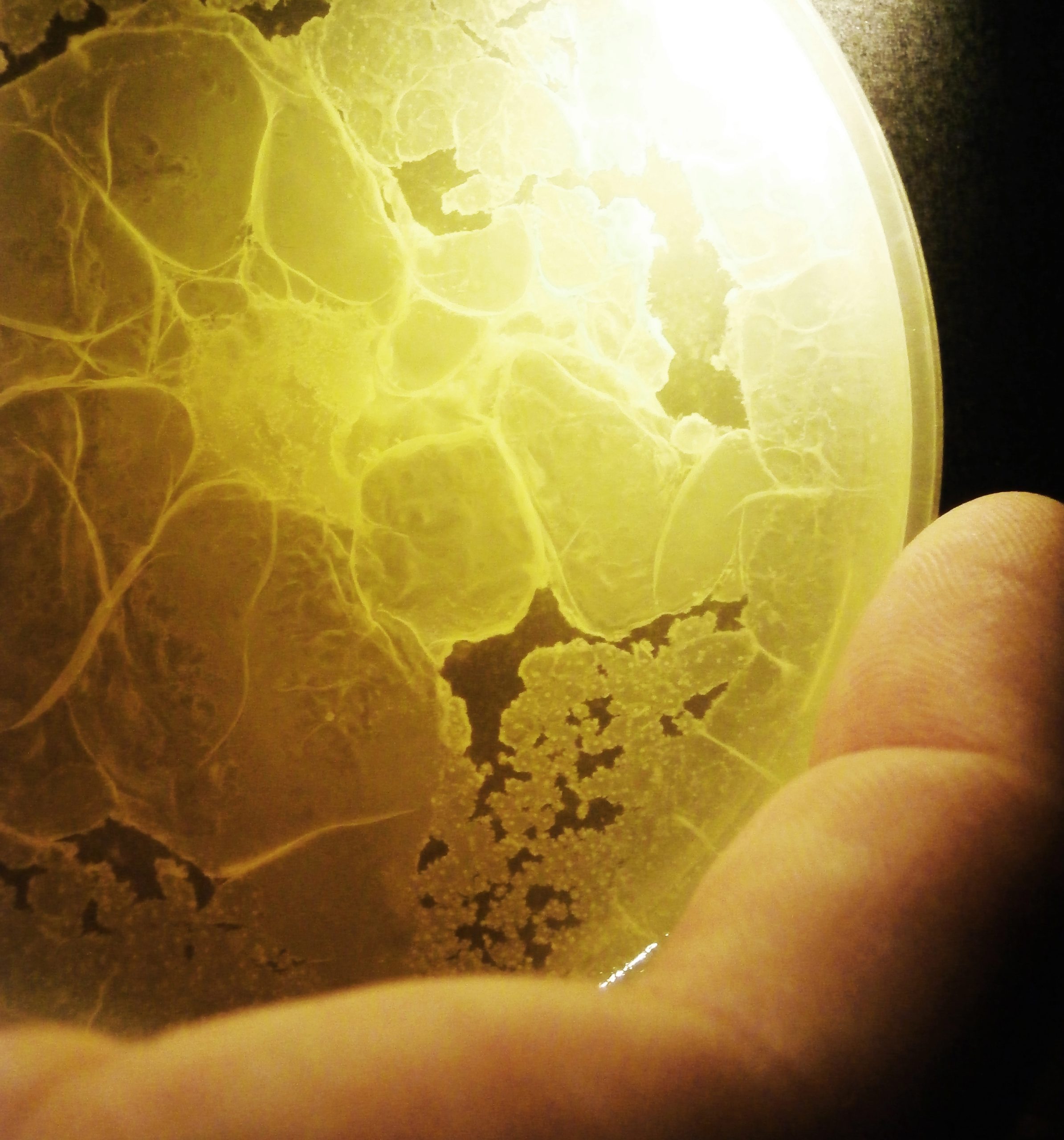There is a lot more to evolution by natural selection than just the survival of the fittest. Or so Dr. Hubertus Beaumont of the Kavli Institute of Nanoscience and his colleagues found.
Ever since Darwin wrote about the fifteen finches he encountered on the Galapagos, each with differently shaped beaks adapted to the types of berries found on their respective islands, we know that the environment shapes the dynamics of evolution. Most of the biodiversity on Earth evolved through adaptive radiation from a single ancestor like these finches did.
Yet chance also plays an important role in evolution. And in that respect so do the characteristics of the ancestor. Hubertus Beaumont and colleagues devised an elegant experiment to demonstrate this by playing tricks on strains of the bacterium Pseudomonas fluorescens. They described their experiment and findings in November in the journal Proceedings of the National Academy of Sciences.
The theory which Beaumont wanted to prove was that the speed of adaptive radiation (the speed with which the finches for instance radiated in different species with dissimilar beaks) depends on whether their ancestors were niche specialists or generalists. If the ancestor was a jack-of-all-trades, a species able to survive under a broad range of conditions, then radiation would have been less likely to occur than if he was a specialist.
Theoretically this makes sense. A new feature – the unique ability for instance to consume a certain type of food – might not be advantageous enough to trigger speciation in a population consisting of other individuals that are all able to eat many different things. But how can you prove such a theory? The ancestors are all gone.
The Delft researchers elaborated on an experiment published in 2003 in Science. American researchers had found that when bred under certain laboratory conditions for many generations the bacterium Pseudomonas fluorescens lost all heartiness to evolve.
Normally different types P. fluorescens bacteria evolve and battle over the resources. Specialists evolve that form thick mats at the surface of the culture medium, which is advantageous because that is where the oxygen is. Others may evolve into parasites that can live in the mat but do not contribute to the conservation of the mat. But after several rounds of a weekly batch transfer protocol where at each transfer a single cell of the numerically dominant phenotype was isolated and used to initiate the next population, the bacteria stopped changing.
Beaumont similarly steered strains of P. fluorescens down an accelerated evolutionary path in his laboratory and then reintroduced the original bacterial strain to the newly bred bacteria to see how these bacteria would compete with one another.
By doing so he could deduce that the lack of evolution was hardwired in the ancestor. “We demonstrated that adaptive radiation is constrained by the ecology of the founder”, says Beaumont. He brought back the ancestor of the Galapagos finches to the Galapagos, so to say.
Régis Flohr, et., al. Founder niche constrains evolutionary adaptive radiation. PNAS, November 2013



Comments are closed.